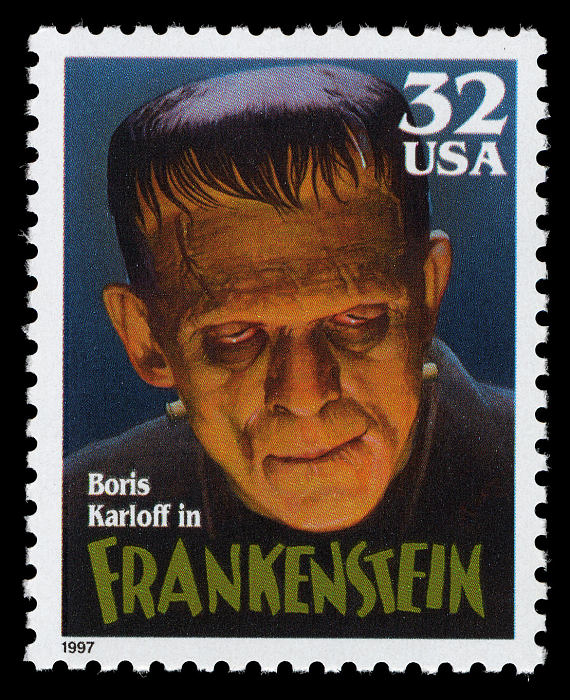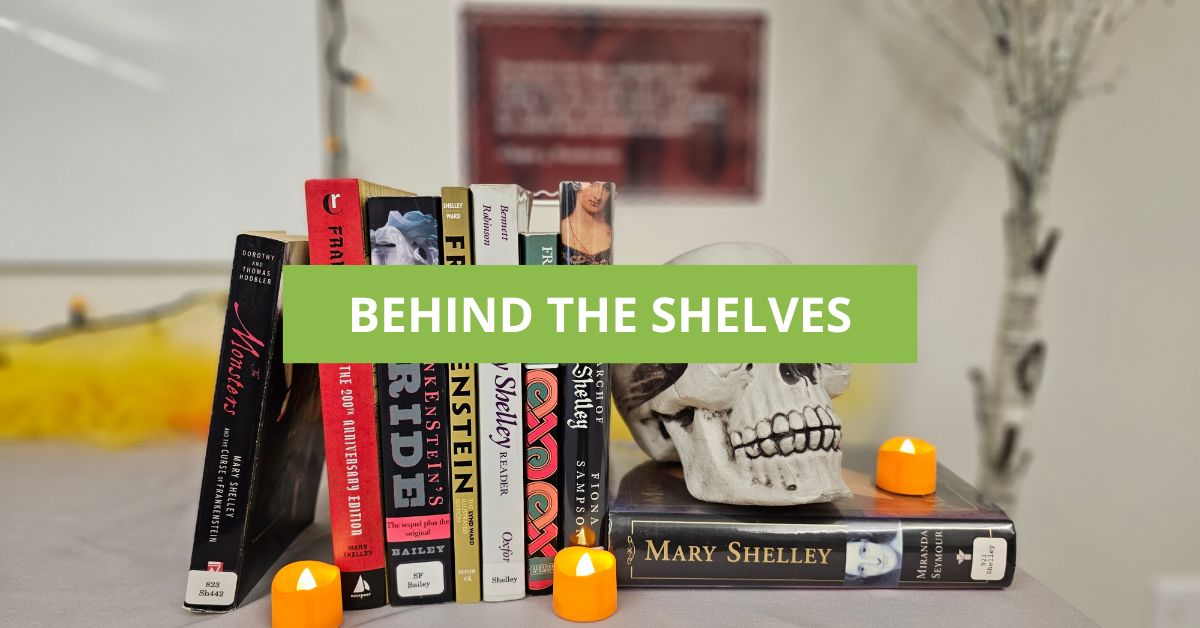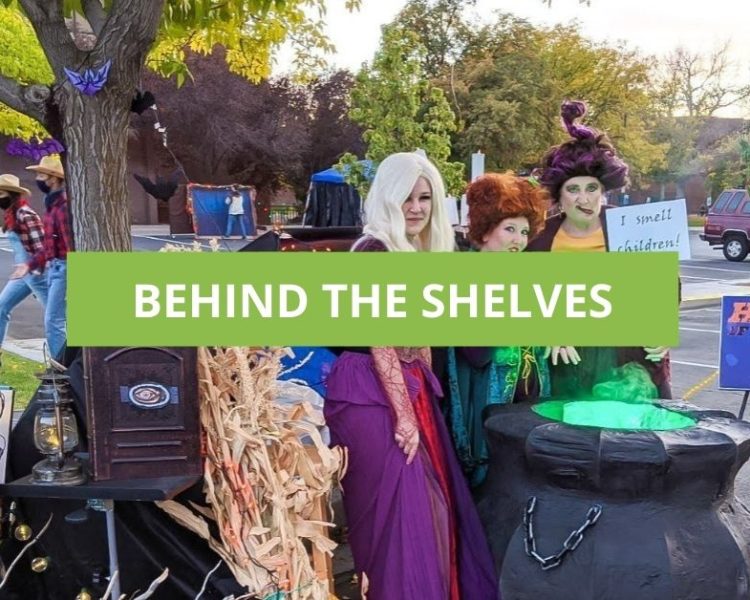“I no longer see the world and its works as they before appeared to me. Before, I looked upon the accounts of vice and injustice, that I read in books or heard from others, as tales of ancient days, or imaginary evils; at least they were remote, and more familiar to reason than to the imagination; but now misery has come home, and men appear to me as monsters thirsting for each other’s blood.”
~Elizabeth Lavenza, Frankenstein by Mary Shelley
The 2023 Orem community read is Frankenstein by Mary Shelley. You can learn more about this yearly community event here. Although the cultural impact of Frankenstein by Mary Shelley is now undeniable, when the novel was published (anonymously) in 1818, it was criticized by many reviewers for being disgusting, absurd, and morally bereft. But gothic novels were extremely popular in England, so the literary public read it anyway. In 1823, a theatrical adaptation titled Presumption; or, The Fate of Frankenstein opened at the English Opera House, and in 1831 a revised edition—this time with the author’s name on the cover—was released. In 200 years, the novel has never been out of print and it continues to influence us.

It’s hard to pinpoint the exact moment that Frankenstein became a cultural touchpoint, but it’s undeniably intertwined within American society. Countless movies, several TV shows, many literary retellings, not a few musical interpretations, and even a breakfast cereal: the creature dreamed up by Mary Shelley and brought to life by Victor Frankenstein is ubiquitous. (He’s even been on a U.S. postage stamp twice!)
But the madcap, oddball (and usually green) pop culture images are a far cry from the creature in the book, and perhaps that’s why readers continue to be drawn to the novel. Unlike in many movie adaptations, the monster in Shelley’s text is at first a curious, intelligent creature who is motivated by loneliness and the desire to be loved despite his appearance. It’s only when communities, families, and individuals abuse or reject him—not to mention his creator’s abandonment—that his murderous and vindictive rage begins to form.
His transformation sparks discussions about man’s inhumanity to man, the impact of nature versus nurture, and the influence of education. Readers encounter ideas about women, nature, parenting, creativity, and revenge. What is risked when we pursue science blindly, without considering the destructive possibilities of the outcomes? How are stories formed and who gets to tell them? What connection does appearance have upon personality?
But perhaps the most crucial question Frankenstein asks its reader—maybe the reason we return to the story over and over—is the one Elizabeth tries to answer after the death of her friend Justine. What does it mean to be human and what does it mean to be a monster? Who really is monstrous in our world?
And not just readers ask this question. The monster himself continuously attempts to find an answer, sometimes succumbing to his monstrous characteristics and sometimes his most human ones. All of his actions grow out of that most basic need: to be loved. The way he grapples with love’s withholding creates a narrative that generations of readers continue to find compelling.
Written by Amy S. (Outreach)





Laura
Beautifully written piece — thanks for the food for thought.